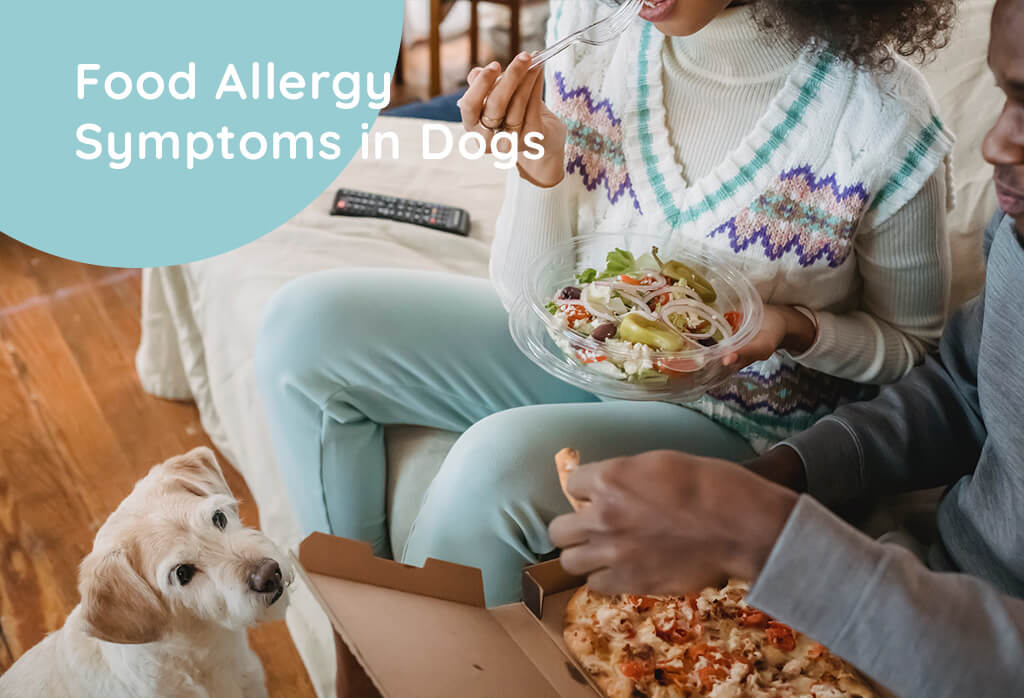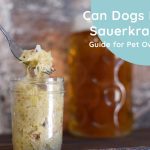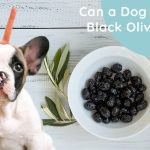Just like humans, dogs have allergies too.
Food allergies are one of the most commonly known allergies that are very hypersensitive to dogs.
The immune system of a dog overreacts when your pet has an allergic reaction.
A dog’s body produces antibodies that react against some part of the food fed by your dog.
Carbohydrates and proteins are complex. Moreover, food allergies manifest after a prolonged food exposure.
However, antibodies are produced for an allergy to develop.
The response in the immune system ranges from the condition of skin whereby they can be facial swelling, itchiness, and hives.
Also, it can be gastrointestinal signs that are diarrhea and vomiting, and sometimes it can be expressed by a combination of both in dog’s allergens.
Typical Food Allergies in Dogs and Their Signs and Symptoms
Chronic Ear Infections
Ear infections in dogs are frequently evident due to food allergies 2 to 3 times per year.
Yeast causes such infection, and sometimes it can be caused by mites.
It’s commonly witnessed in most dogs, and the infections can persist for a longer time if not treated by a professional dog vet.
The infection looks like yeasty ears with brown or black build-up. Dogs have persistent irritation and scratching while shaking their head.
Avoiding such, regular dog cleaning multiple times per week is needed to prevent chronic ear infections.
Treatment
- Practice using homemade otic solution prepare with 50/50 purified water with organic apple cider vinegar for ear cleaning.
- Then, wiping inside the ears with a clean cotton ball soaked in witch hazel helps reduce any possible inflammation and gives your dog a boost in pain relief.
- If the evident ear infections persist, you should try out a food elimination diet or maybe examine your dog with a food allergy test that helps understand the foods that trigger this allergic reaction in our pet.
Possible Red, Bronze, or Brown Nails Beds
It is easy to observe these signs from your dog since dogs have white nails.
The signs show that inflammatory response in the dog’s immune system.
And this observation is identified easily in a breed like Dalmatians, boxers, bulldogs, white bully and spaniels.
The dog owner may notice that the base of your pet’s nails is evenly looking bloody or red.
You should note that a healthy dog free from allergies should have white nails with pink.
Any color besides that should alert you that something is not well with your pet.
It would help if you considered nails as one of the most sensitive parts of your dog since it appears differently, and sometimes they might itch, or your dog might lick them often.
Treatment
Since food allergies systematically cause this to dogs, you should try out food elimination procedures on the dog’s diet.
This practice may help to identify quickly the type of food that triggers these allergic reactions in dogs.
Moreover, it would help keep the spaces between your pet’s toes clean by regularly cleaning via clean cotton soaked in witch hazel.
Red Underbelly, Itchy Skin, and Dull Coat
The skin underneath the hair of your dog turns pink or red, inflamed and dry.
Such signs can indicate food allergic reactions on your dog’s body.
It may cause constant itches without relief, and in most cases, it caused hair loss on your dog’s affected body parts.
More so, there is no pain relief even with baths, over-the-counter allergic meds, or conditioners, and there is excessive scratching caused by food allergies or maybe environmental allergies.
Apply milder shampoo with thorough rinsing since some shampoo residue causes your dog’s skin with contact dermatitis.
After shampoo application, it is advisable to rinse your dog more than twice to ensure your pet is safe.
Chemically, most shampoos are manufactured with artificial colors, phthalates, sodium laureates, fragrances, and mineral oil, which in most cases irritate dogs if not rinsed thoroughly.
Dog owners are called upon to switch to the favorable species of shampoo manufactured for dog purposes.
Treatment
- Try applying the gel from aloe vera leaf on the parts that are affected three times per day.
- Make one teaspoon of baking soda and water mixture and apply the formed paste to the affected areas.
- If your dog has grains allergies, you should make an oatmeal poultice with oatmeal powder and water that helps to soothe the skin.
Bronzes Around the Lips
It is noticeable, mostly inbreeds with a white coat.
First, you will notice their lips, skin, or feet are inflamed and pink in color.
The sign mainly indicates the colonization by yeast on dogs causing triggering of allergic reactions in their body.
The lips, toes, and jowls may appear inflamed, pink, red, and mover over will often itch.
If you see such signs on your dog’s body, it can most likely be food allergies or yeast infections on the dog.
Treatment
- Wipe the bronzes areas with a mixture of 50/50 purified water and organic apple cider vinegar.
- Add ½ or ¼ teaspoon daily in your dos food or water to reduce acidity and more so discourage yeast.
- Always avoid too many veterinary-grade products such as benzyl peroxide products which normally can dry out your dog’s skin and increase irritation and itching.
Making Sure Your Dog Eats the Safe Food Ingredient
Once your pet has no symptoms of food allergies on their special diet, your vet should recommend adding ingredients into your dog’s food, trying them out, and observing if your dog has any allergic signs.
And if your dog does not indicate any symptoms, you automatically understand the safer food for your dog.
Exclusion diet and food trial tests are considered tricky at some point and may consume a lot of your time.
Alternatively, you can consider feeding your dog the vet’s special diet forever.
Always make sure your dog eats the safe ingredient since you want your dog to live healthy without body irritation and itchiness.
In extreme cases, sometimes your dog’s vet might recommend your dog to see a skin specialist so they can perform more advanced tests to make sure your dog goes to normal life.











